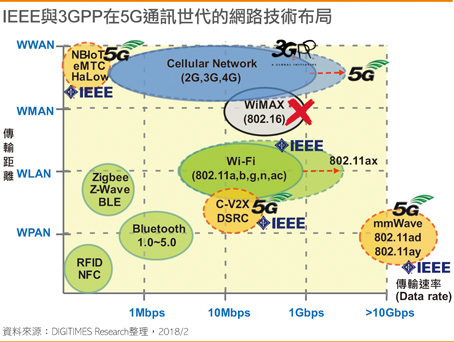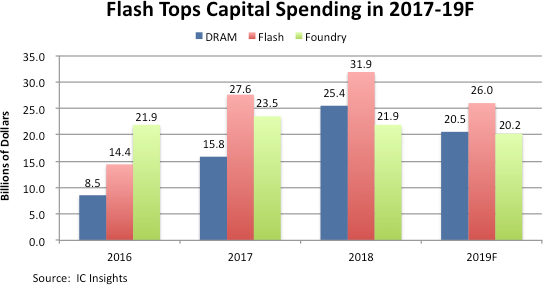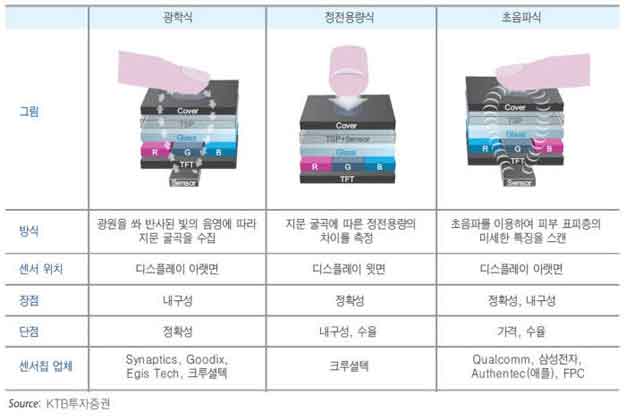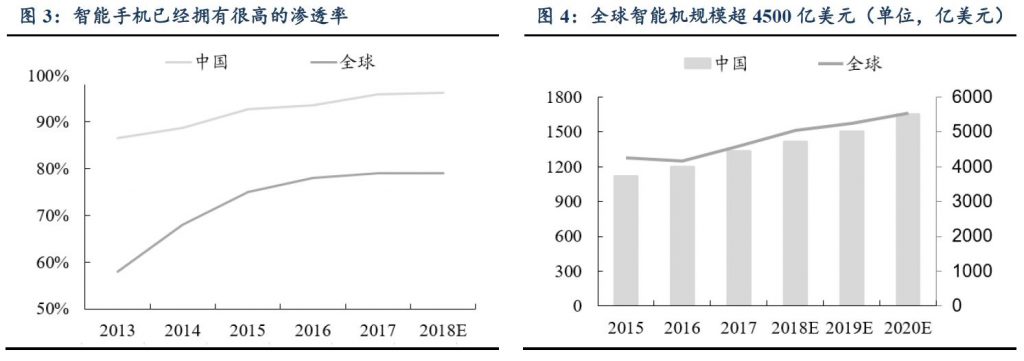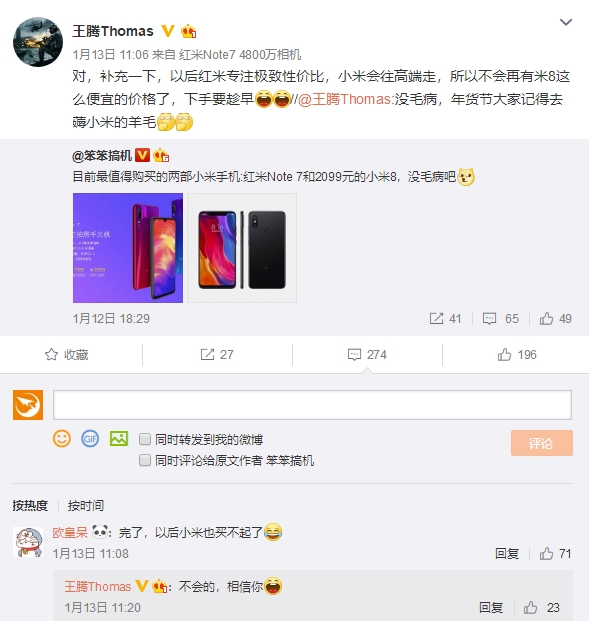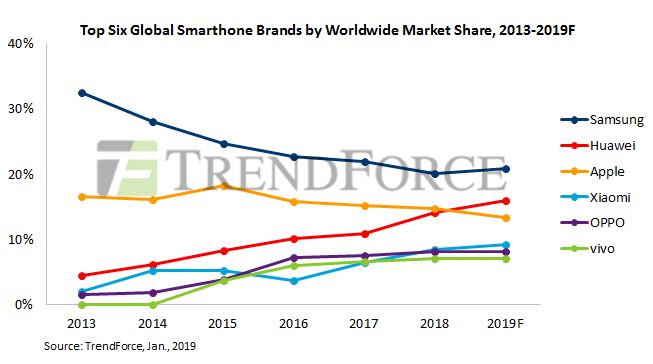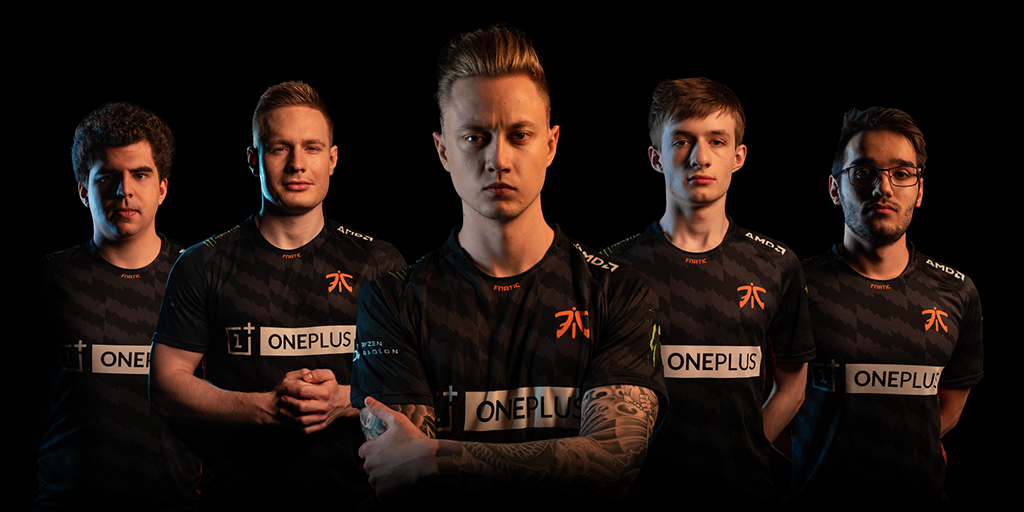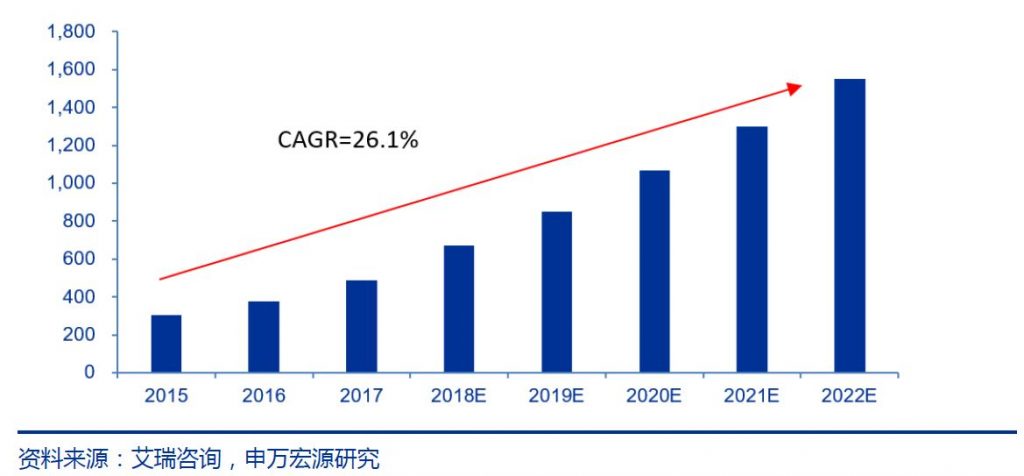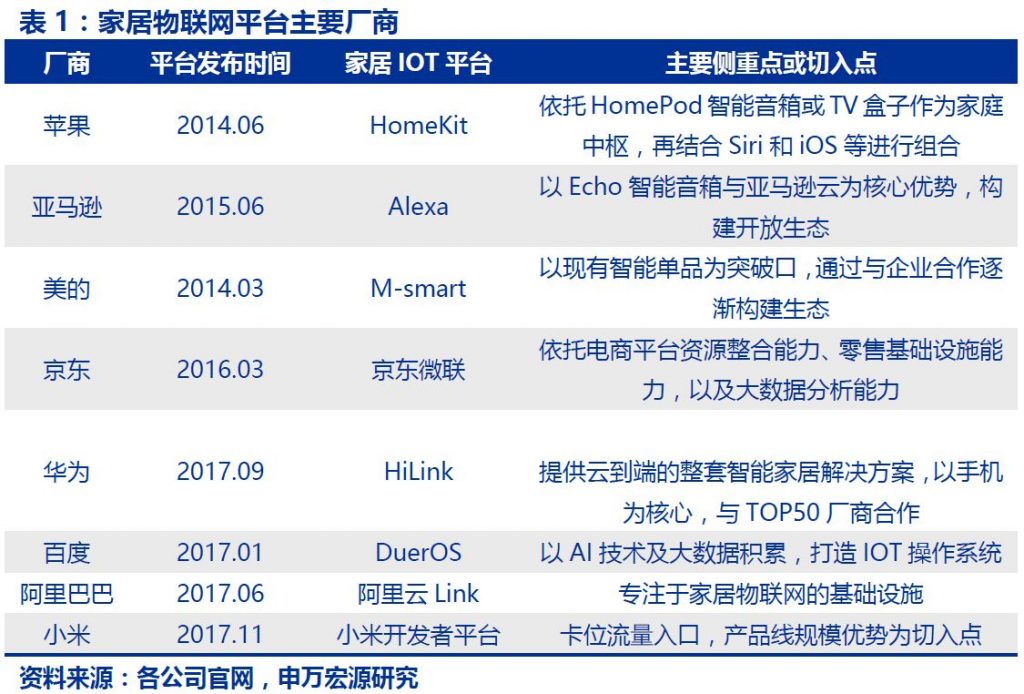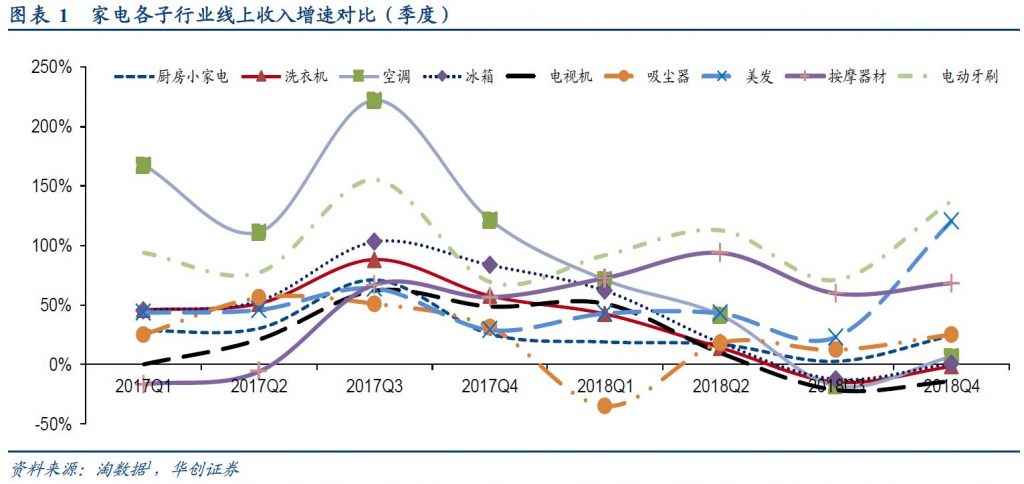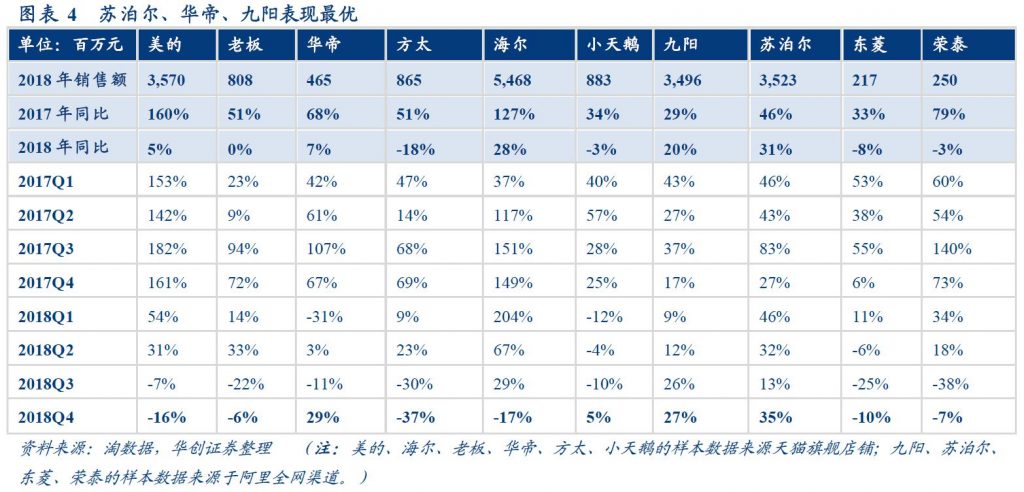01-15: Unimos has recently kicked off volume production at its 3D NAND memory chips packaging and testing lines; OPPO has announced that it has officially established an Emerging Mobile Terminal Division; etc.
Chipsets
ARM, a chip design company acquired by Softbank, is exploring other businesses besides smartphones, laying the groundwork for an IPO within 5 years. Softbank CEO Masa Son hopes that this acquisition will create huge returns. Under the leadership of Masa Son, ARM must submit the latest progress of the 10-year business plan every month to ensure focus on the future. (CN Beta, Bloomberg, Huanqiu, CNBC)
Xiaomi product director Thomas Wang hints that the development for new Surge processor is still on-going. It is reported that TSMC is manufacturing the Surge S2 for Xiaomi using the chipmaker’s 16nm FinFet process. (Gizmo China, IT Home)
Qualcomm and MediaTek have both introduced their new 802.11ax chip solutions to support Wi-Fi 6 devices, seeking to secure a preemptive presence in both enterprise and household network chips markets in the 5G era. Qualcomm has estimated the shipment ratio for its 802.11ax chip solutions to surge to over 33% by 2023. (Digitimes, press, Digitimes)
Scientists from the University of New South Wales (UNSW) have announced another step in the race to develop the first quantum computer, touting the ability to build 3D atomic-scale quantum chips. Centre of Excellence for Quantum Computation and Communication Technology (CQC2T) at UNSW said they have demonstrated that atomic precision qubits can be built in a 3D device by using an atomic quantum bit (qubit) fabrication technique to multiply layers of a silicon crystal. (CN Beta, UNSW, ZDNet)
Touch Display
Himax Technologies has secured several design wins for smartphones and other applications, including one major TDDI (touch and display driver integration) design win from a South Korea-based smartphone vendor. TDDI sales are forecast to reach 510M units in 2019, up 34.2% from 380M in 2018, Himax quoted IHS Markit as saying in the statement. (Digitimes, press, China Times)
Camera
EMS provider Lite-On Technology has won 7- to 8-year contracts to supply Europe carmakers automotive lenses used in ADAS through their tier-one supply chain partners, with shipments to begin in 4Q19, according to company CEO Warren Chen. Lite-On has integrated automotive lenses and deep learning technology for use in a driver monitoring system, according to Michael Wang, GB for the company’s Automotive Electronics Business Unit. (Digitimes, press, Yahoo, China Times)
Memory
The semiconductor industry is expected to allocate the largest portion of its capex spending for flash memory again in 2019, marking the third consecutive year that flash has led all other segments in spending, according to IC Insights. Flash memory trailed the foundry segment in capex in 2016, but took an extra-large jump in 2017, said IC Insights. Flash capex surged 92% to USD27.6B in 2017, and increased another 16% to USD31.9B in 2018 as manufacturers expanded and upgraded their production lines for 3D NAND to meet growing demand. (Digitimes, press, IC Insights, press)
Unimos Microelectronics, a re-invested memory backend service affiliate of China’s Tsinghua Unigroup, has recently kicked off volume production at its 3D NAND memory chips packaging and testing lines, marking a great stride by the group toward building sound memory and storage ecosystems. The company is renamed in Jul 2018 from ChipMos (Shanghai), originally a wholly-owned subsidiary of Taiwan’s ChipMos Technologies, after Unigroup acquired a 48% stake in the subsidiary in Jun 2017 to become the largest shareholder of the joint venture. (Digitimes, press, CN Beta, 52RD)
Biometrics
Samsung will allegedly launch 3 Galaxy A-series phones with under-display fingerprint scanners this year. The three phones are the Galaxy A90, Galaxy A70, and the Galaxy A50. They are expected to enter mass production in 2Q19. (Gizmo China, Digitimes, ET News)
Battery
Apple CEO Tim Cook has revealed that some 11M iPhone batteries were replaced as part of a special 2018 repair program, a figure up to 11 times what the company would have expected under normal circumstances. (Phone Arena, Apple Insider, Daring Fireball, CN Beta)
Connectivity
According to MIIT’s data, by end of 2017 China the number of mobile base stations reached 6.19M units. Combined with the construction of 5G base stations and re-cultivation of 2G / 3G base stations, Changjiang Securities expects the mobile base stations would reach 11.76M units by 2025. Similar to the 4G era, 70% of the new business in the 5G era will occur indoors, and 80% of high-value business customers are indoors, but currently only 50% of usres are not satisfied with the indoor experience. (Changjiang Securities report)
ZTE indicates that the company continues to invest in 5G and is conducting 5G cooperation and testing with operators. Li Zixue, chairman of ZTE, said that in 2019, it is necessary to adhere to the globalization strategy, further focus on the value market and value customers, do a good job in stock management, firmly grasp the opportunity of the first batch of 5G network construction, and continue to consolidate and optimize. (CN Beta, NBD)
Ericsson and Deutsche Telekom are the first to successfully demonstrate a millimeter wave link with a data transmission rate of 40Gbps in a joint innovation project at the Deutsche Telekom Service Center in Athens. An important milestone in the evolution from 10Gbps reality toward the 100Gbps future, the partners achieved 4 times greater data throughput compared to current commercial millimeter wave solutions to prove the commercial viability of future wireless backhaul technology. (CN Beta, Fierce Wireless, Ericsson, TechSpot)
Phone
After 10 years of development, smartphones have a high penetration rate in most countries. According to GFK, global smart machine penetration rate reached 79% in 2017 and penetration rate in China reached 96%. According to IDC data, global smart phone sales in 2017 were USD458.3B, which is equivalent to the 26th largest economy in the world. Combined with the upstream and downstream, it is called the biggest driving force of global economic growth in the past 10 years. (Soochow Securities report)
OPPO has announced that it has officially established an Emerging Mobile Terminal Division aiming for the emerging mobile technologies and will lay out the future plans of Oppo in the 5G era. The company will also continue to increase its investment in R&D to deepen the integration of new technologies with its hardware and software. The “Zhimei” brand will also develop AI-based products as well as IoT products. (CN Beta, Sina, Gizmo China, My Drivers, Gizmo China)
Xiaomi product director Thomas Wang hints that after the cost-focused Redmi series, there will not be any cheap deals for the Mi products as the Mi brand will focus on high end segment. (CN Beta, Wall Street CN, Gizmo China, 52RD)
Global smartphone production volume for 2019 is expected to be 1.41B units, a decrease of 3.3% compared with 2018, according to TrendForce. Brands would record lower production volumes this year because the overall demand outlook in the global smartphone market remains weak. The lack of breakthrough features or specs has made the consumers less active than before with respect to replacing their existing devices. If the demand outlook becomes worse, together with uncertainties and impacts from the U.S.-China trade war, the decline in global smartphone production may reach 5% in 2019. (TrendForce[cn], TrendForce, press)
OnePlus has announced its first sponsorship of an esports team, Fnatic. (Gizmo China, OnePlus, Wanplus, iFeng)
Taiwan notebook ODM Inventec chairman TH Cho indicates that the company is developing edge computing devices for application to ADAS (advanced driver assistance system) and autonomous driving and may start small-volume shipments to international auto components suppliers later in 2019. Company CEO David Ho has also revealed that Inventec is venturing into 3 5G-related product segments: 5G smartphones, 5G hotspot wireless modules, and WOA (window on ARM). (Digitimes, press, China Times, Money DJ, LTN)
vivo Z3i Standard Edition is announced in China – 6.3” 1080×2280 FHD+ LCD, MediaTek Helio P60, rear dual 16MP-2MP + front 24MP, 6+128GB, Android 8.1, 3315mAh, rear fingerprint scanner, CNY1998. (GSM Arena, vivo)
Home
The Internet of Things (IoT) is in a period of rapid development. According to iResearch, the composite growth rate of 2017~2022 of the IoT consumer market will reach 25.4%. Currently the main competitors in the home IoT market are divided into 3 categories, smart hardware manufacturers, Internet manufacturers, and home appliance manufacturers. The strategic expansion path of each IoT platform is also very different. (SWS Research report)
According to SWS Research, Xiaomi has exceeded Apple and Google becoming global biggest commercial IoT platform. Up to Nov 2018, Xiaomi IoT platform is connecting 132M smart devices (not including smartphone or notebooks), supporting more than 2000 models. (SWS Research report)
According to Hua Chuang Securities, the home appliance industry grew speedily in 2017. However, due to real estate regulation, the end of replenishment cycle and other factors, the growth begins to slow down in 2018 — white and black home appliances began to experience negative growth in 3Q18; but in 4Q18 thanks to “Double 11” and Double 12” online sales, home appliances growth improve slightly better. In particular, washing machine (-2%), television (-14%) negative growth rate narrows; air-conditioner (+6%) go back to positive growth, refrigerator (+0%) stays flat compared to same period in 2017. Kitchen small home appliances (+24%) come back to double-digit growth; new emerging massaging appliances (+68%) and electric toothbrush (+137%) enjoy industry expansion and increasing penetration rate online, they sustain a speedy growth. (Hua Chuang report)
Among the home appliance vendors that Huachuang Securities track, Supor and Jiuyang growth rate are the steadiest. In particular, Supor’s 4Q18 growth increases to 35%, which is the fastest. Jiuyang, thanks to its continuous launch of new products, they perform rather the best, which is against the home appliance industry negative growth since Jul 2018. (Hua Chuang report)
E-Commerce
A group representing online sellers in India will appeal against the Competition Commision of India’s (CCI) ruling in favour of Walmart-owned Flipkart, says the group’s lawyer Chanakya Basa. (CN Beta, Channel News Asia, NDTV, Reuters)


